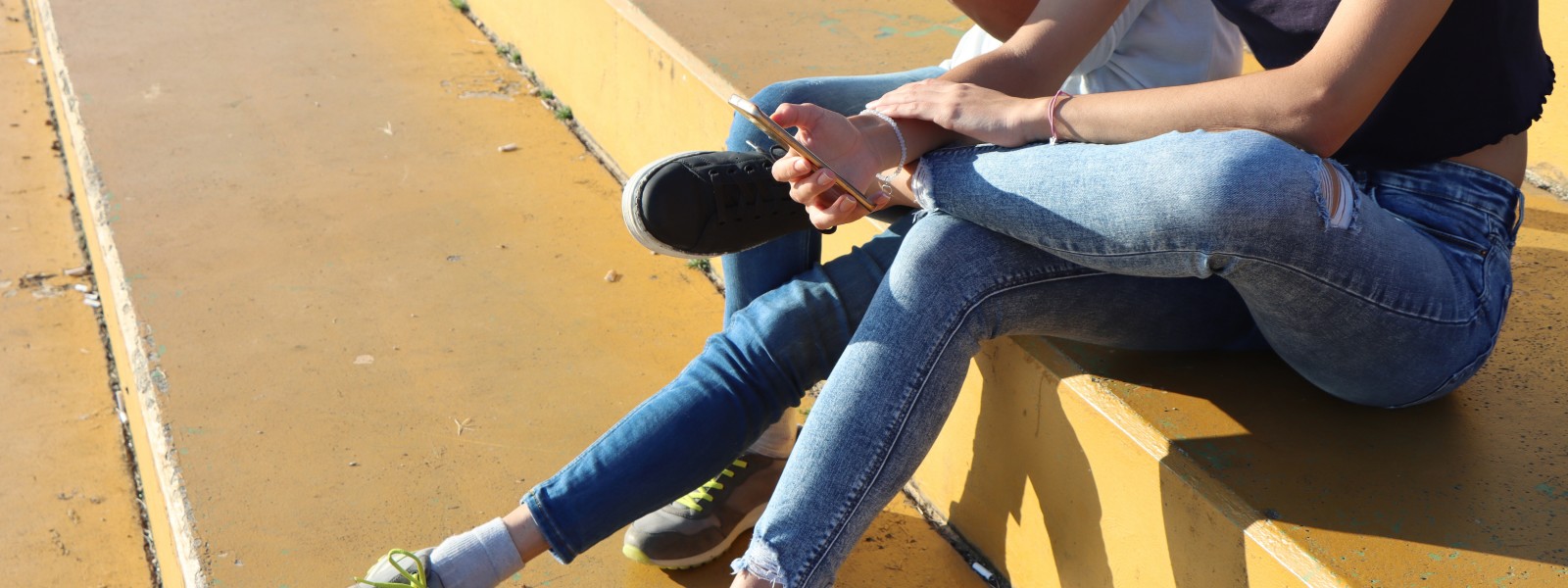Media skills help protect children from sexual solicitation and harassment
The original Finnish text has been published in the guide “Kysy, kohtaa, kuuntele. Opas seksuaalisen houkuttelun ja seksuaaliväkivallan ennaltaehkäisyyn nuorisotyössä”, Koordinaatti.
Although this article deals with young people, children may also be targets of sexual solicitation and harassment.
Young people often appear to be skilled media users in the eyes of adults, but there may still be major differences between their media skills. The need for support also depends on the person. Some young people may need technical support to start using media devices and applications. Once they know the basics, they can be encouraged to use a diverse range of content and be introduced to new devices. It is a good idea to regularly discuss safe media use with every young person. Young people also need the skills to critically interpret media content, in addition to emotional and social interaction skills.
Young people need various information seeking skills and an understanding of the functional and earnings logic behind media environments to cope in the information society. Tough questions related to media use require a reliable adult with whom the young person can safely consider, ponder and seek direction for their personal thoughts and opinions.
You can talk with young people about what constitutes a sensible, positive discussion culture in the social media channels that they use. You should remind them that negative online experiences are not always related to the qualities of the app or service, but rather to the fact that users do not follow the set rules and guidelines or they do not understand their special features. In fact, it is the behaviour of other internet users that often poses a threat to young people’s reputation and their right to privacy.
In order to maintain personal wellbeing, young people also need time and life management skills and an understanding of how media use and the digital world around us affects our wellbeing. For example, sleep debt and tiredness may affect the young person’s media use in the form of poorer judgement and the inability to concentrate.
Adults also set an example and act as role models to show what safe, responsible media use can be. However, when promoting media and safety skills, the focus should be on listening to, taking account of and learning from young people’s opinions and experiences.
- Do you think about what you share, do you pause before you click? Remember that others can take screenshots of the content you share and they may end up in the wrong hands.
- Is it wise to share personal contact details in public channels? Why not? Sending personal information and photos increases the risk of becoming a target of the spreading of personal data, false rumours, fraud, swindling, blackmail or harassment.
- Should you share your friend’s contact details without permission? Why not? Remind the young person to always ask others for permission before sharing their photos or tagging them in photos.
- Are your social media profiles public? Why so? How is the public channel of a young person different from, say, the public channel of a social media celebrity that they follow? Remind the young person that social media channels should be kept private, especially if they are underage.
- Who can see your location in Snapchat? Why is it unwise to share your location to everyone? What are the dangers of sharing your location?
- Do you regularly google your name? What kind of hits do you get? Are the contents posted by you? Do you know what to do if you find something strange in the hits?
More information
- Safely in Digital Environments
- Young people in a vulnerable position as media users
- How do you recognize solicitation, harassment and strange messages?
- How to talk about sexual solicitation and harassment with a child?
- Obstacles to telling adults about sexual solicitation and harassment
- Instruct the young person on what to do in an unpleasant situation


